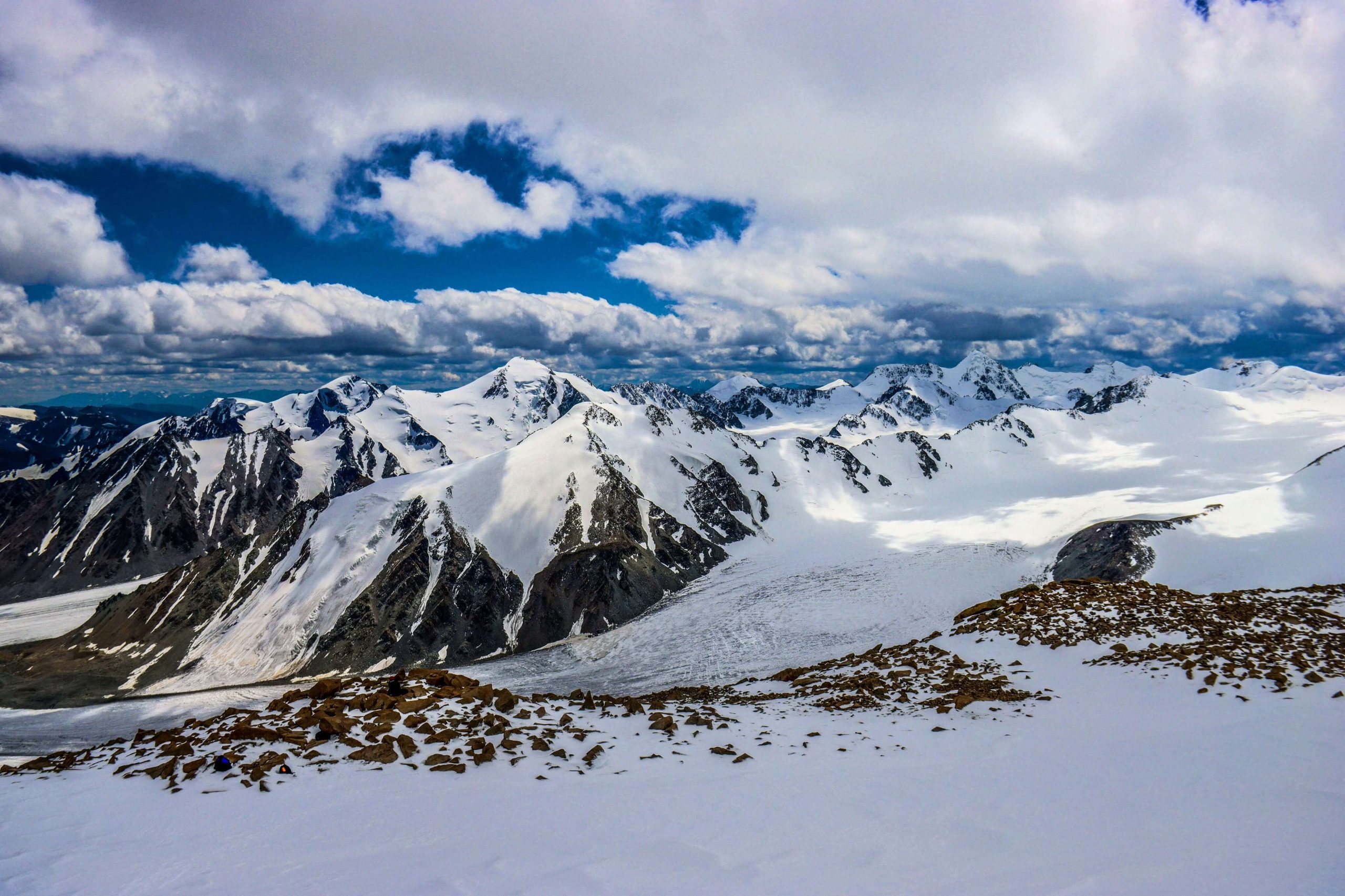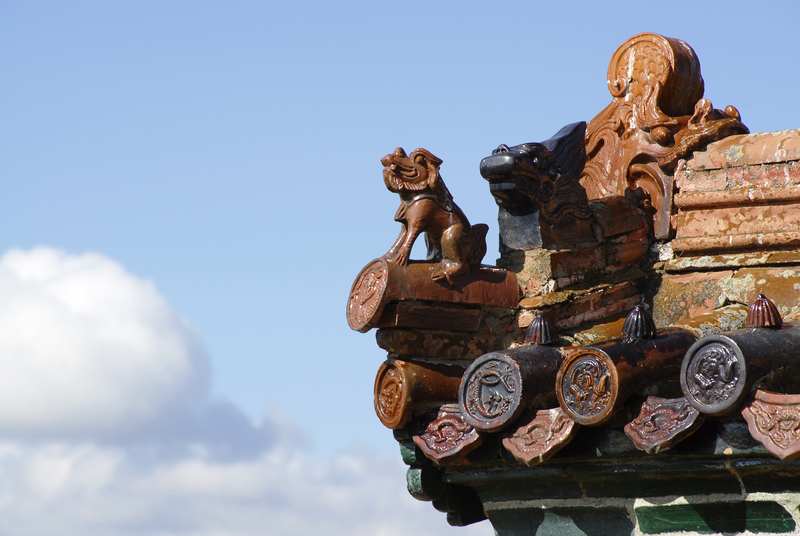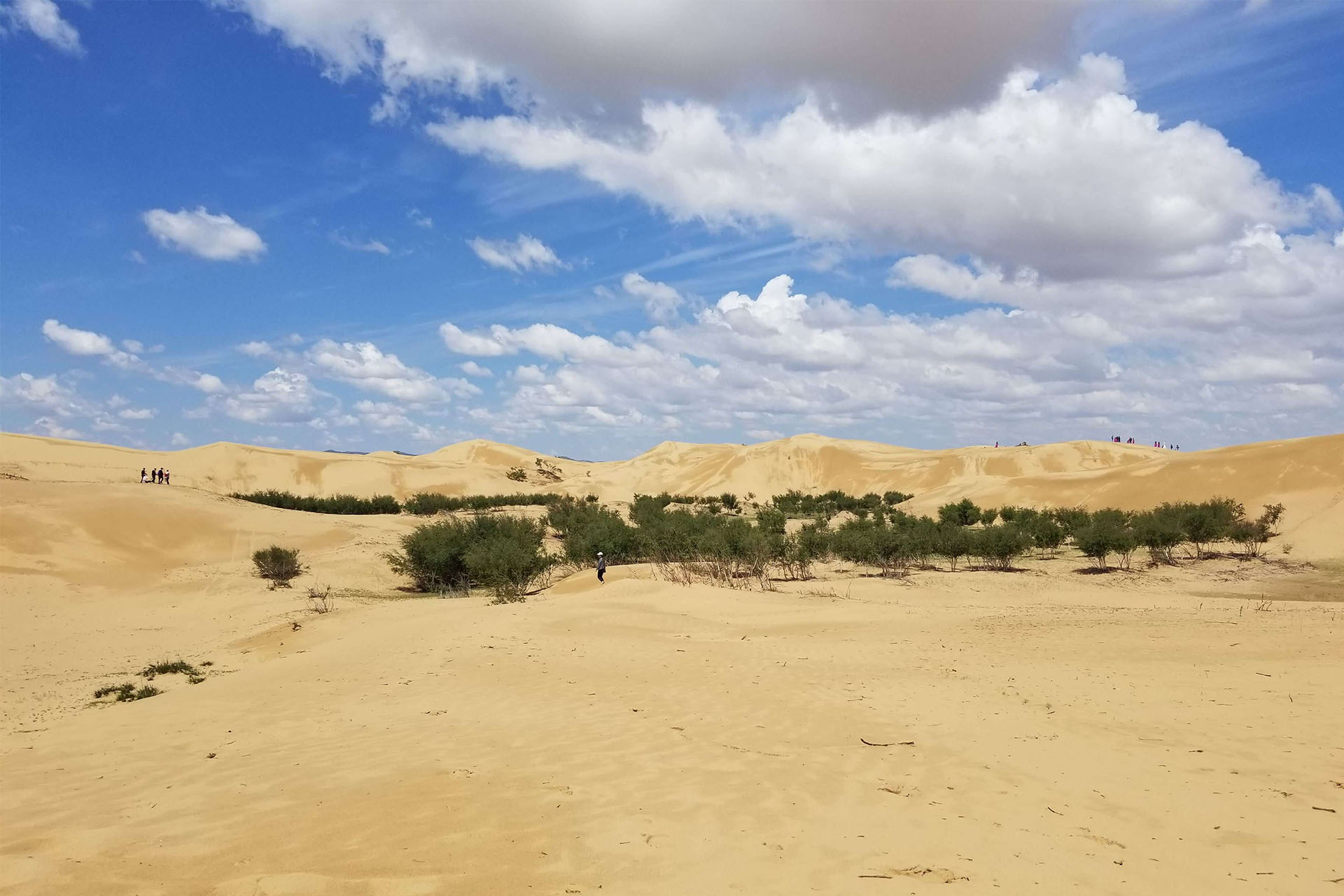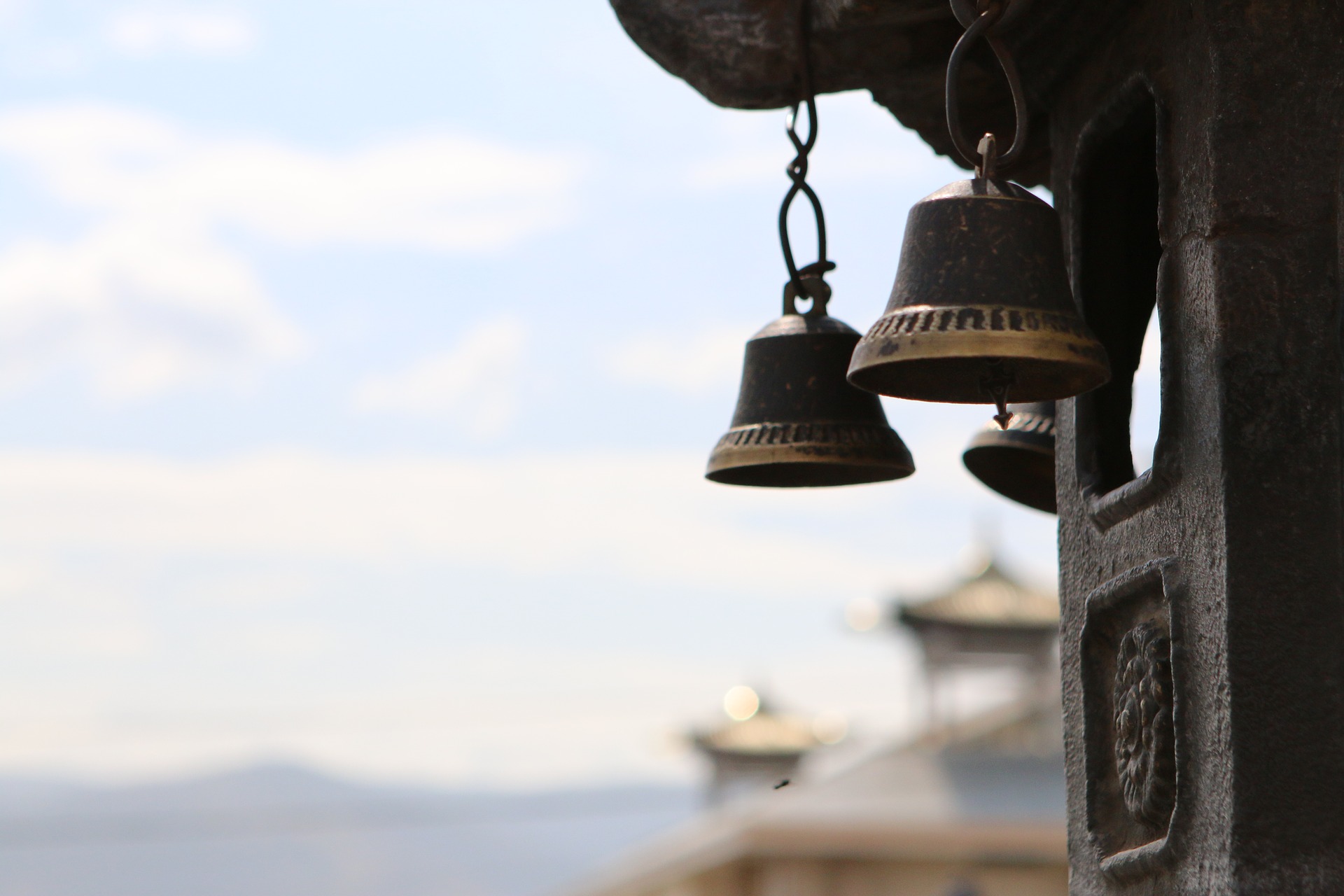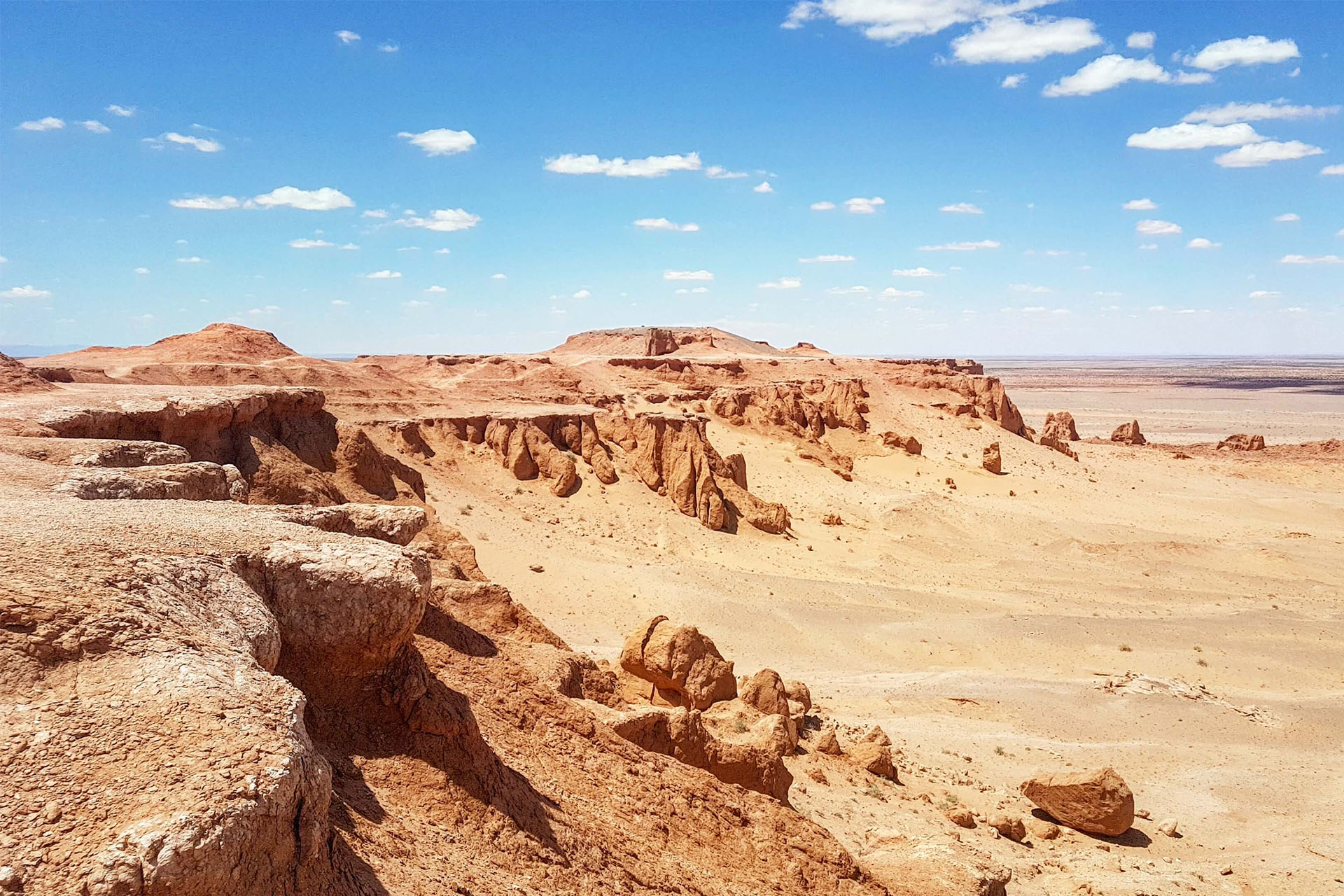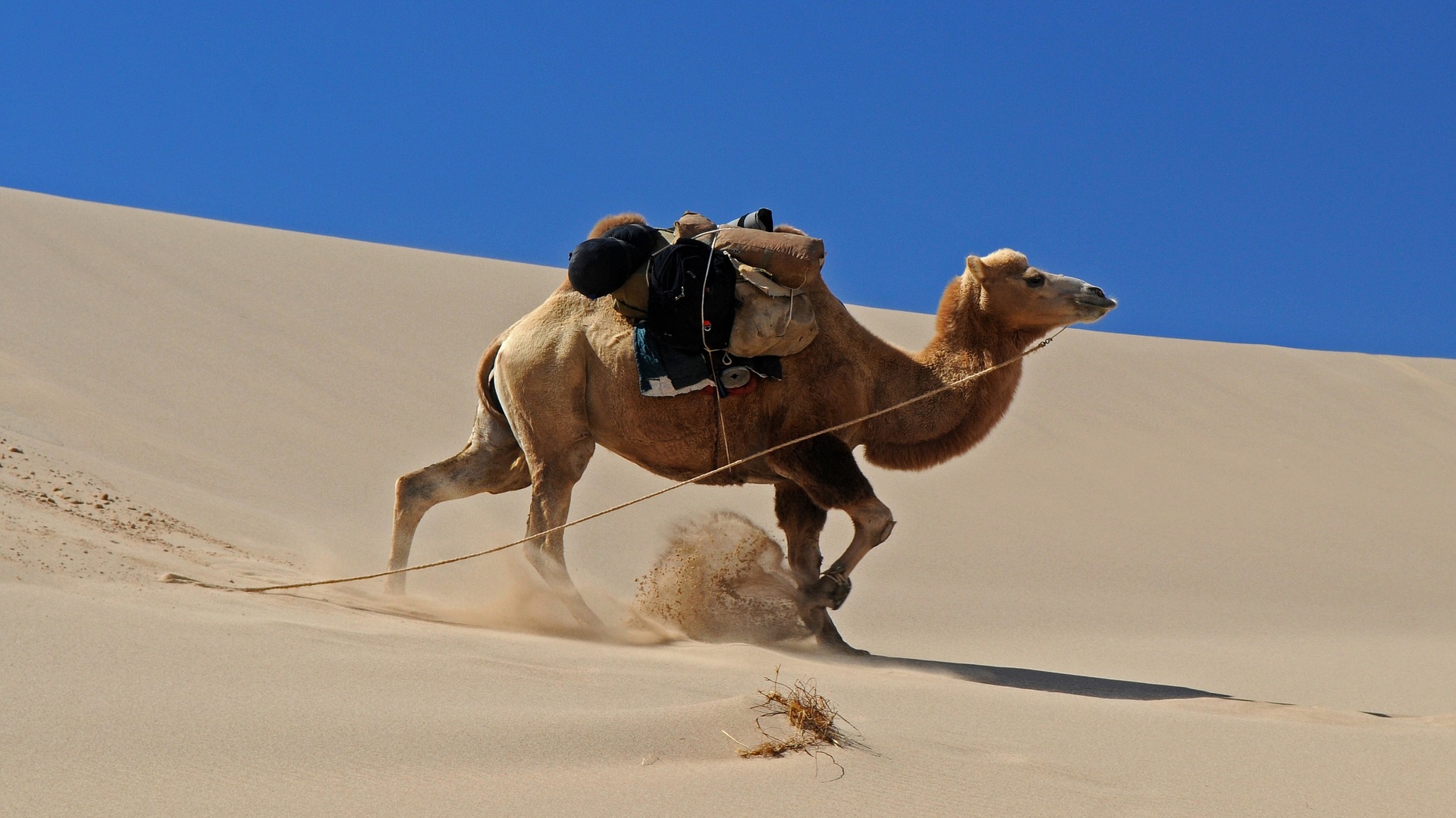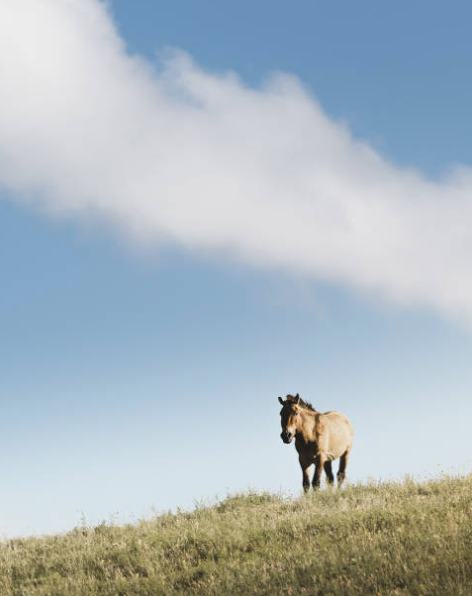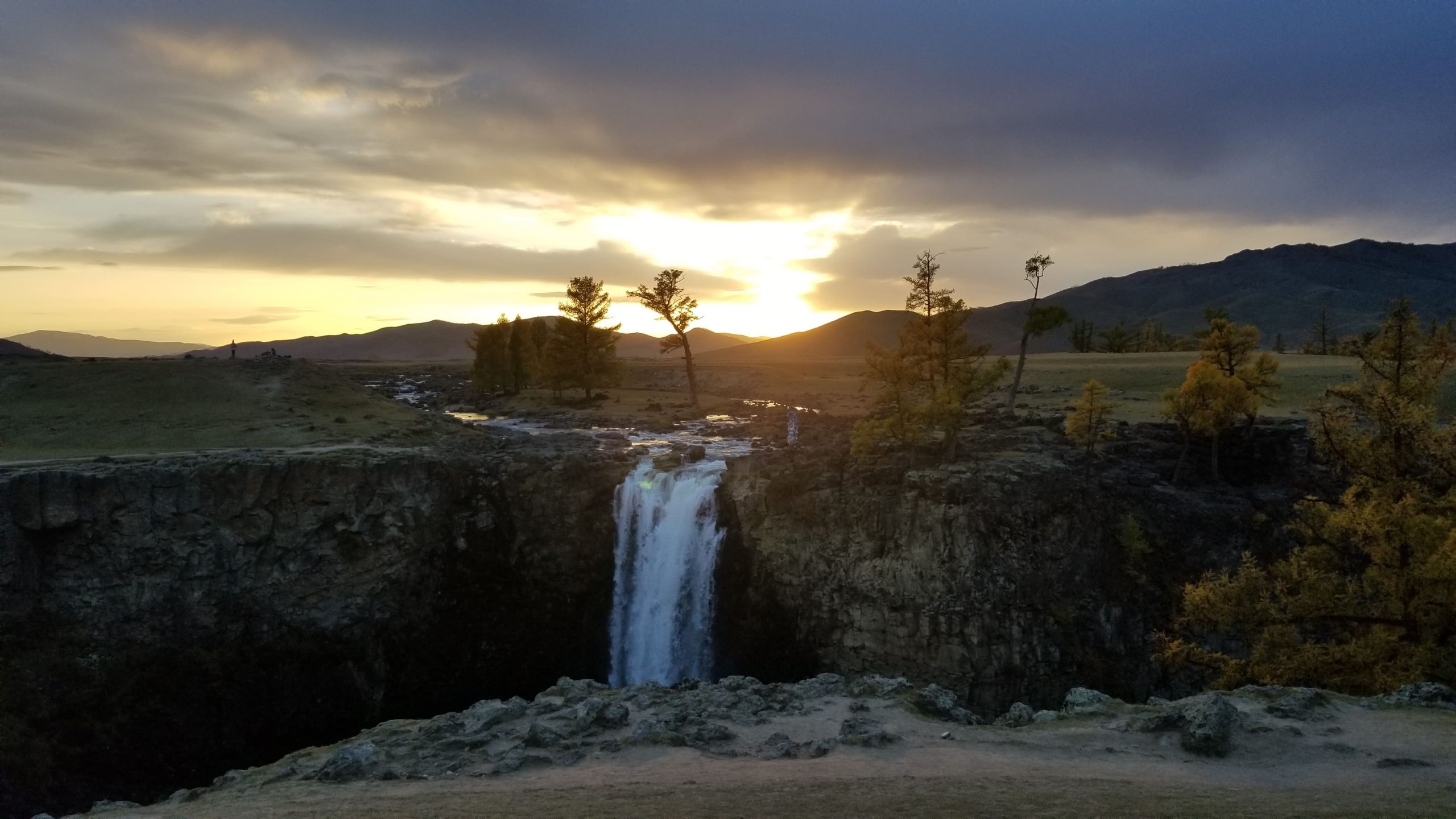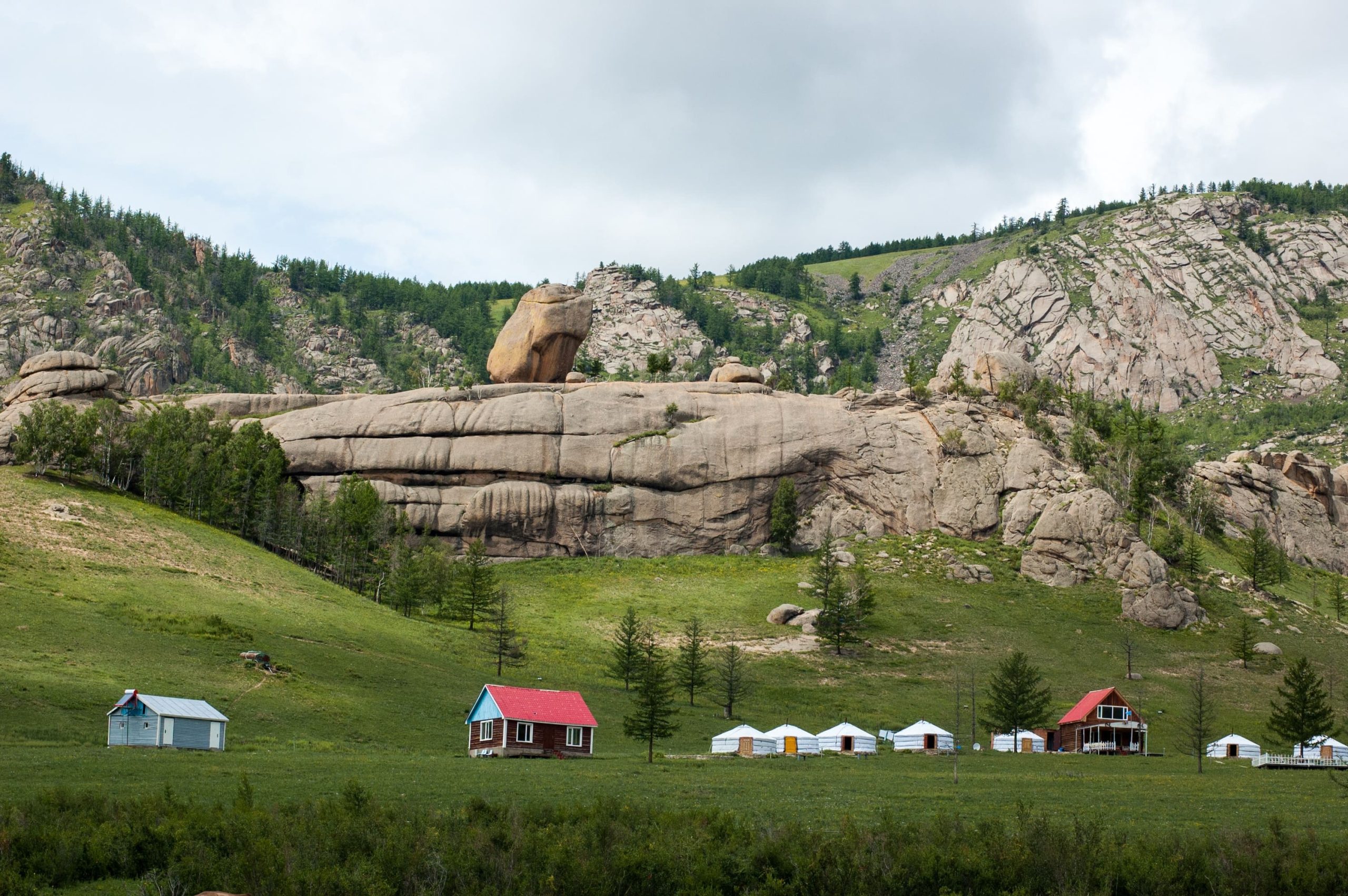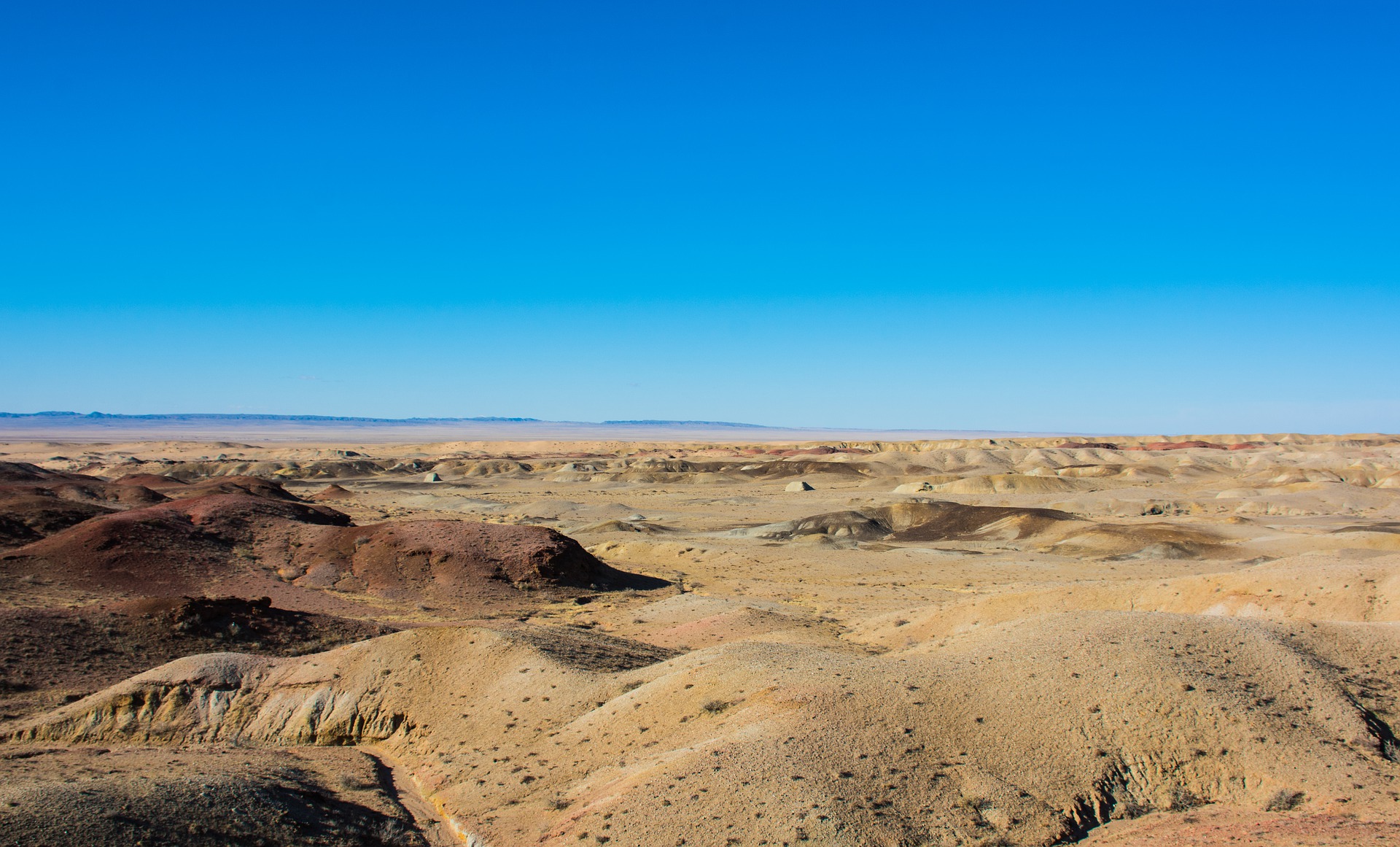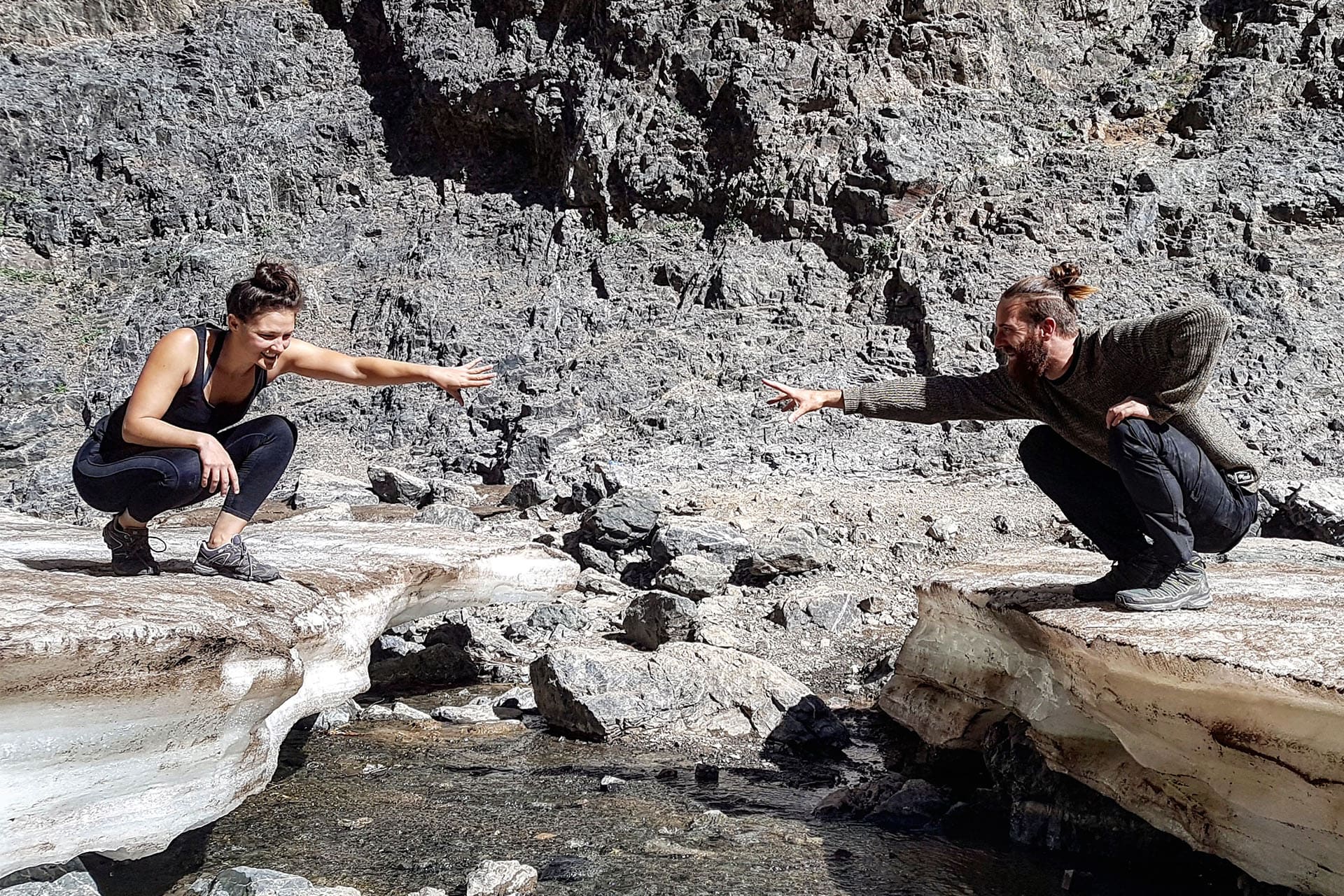The term “nomad” often conjures images of wanderers, moving from place to place with little concern for the structures of settled life. But what does it truly mean to be a nomad, and how does this lifestyle manifest in Mongolian culture? In this blog, we’ll explore the essence of nomadic life, provide examples, and delve into the rich traditions of Mongolian nomads.

Who Are Called Nomads?
Nomads are people who move from one place to another rather than settling permanently in one location. This lifestyle is usually driven by the need to find fresh pastures for livestock, seasonal resources, or other environmental factors. Unlike sedentary societies, nomads often live in close connection with nature and adapt their movements to the changing conditions around them.
There are various types of nomadic lifestyles, including pastoral nomads who primarily raise livestock, hunter-gatherers who rely on foraging, and traders who move to facilitate commerce. Nomadism can be found in many regions around the world, from the Bedouins of the Middle East to the Sami of Scandinavia.
An Example of Nomads: The Mongolian Nomads
Among the most fascinating examples of nomadic cultures are the Mongolian nomads. Mongolia’s vast and diverse landscapes—from steppes to deserts—provide an ideal backdrop for their way of life. Mongolian nomads have inhabited this region for centuries, and their culture remains vibrant and resilient in the face of modern challenges.

Is Mongolian nomads living mystery life?
Mongolian nomads are primarily pastoralists, which means their lifestyle revolves around the herding and raising of livestock. Their primary animals include horses, cattle, sheep, goats, and camels. Each type of livestock plays a crucial role in their daily life and economy:
- Horses: Integral to transportation and herding, horses are deeply embedded in Mongolian culture. They are used for riding, pulling carts, and are even central to traditional sports like horse racing.
- Cattle: Provide milk, meat, and hides. They are also used for plowing fields and other farm work.
- Sheep and Goats: Offer meat, milk, and wool. Their wool is used to make clothing and felt, which is essential for constructing the traditional yurt, or “ger.”
- Camels: Found primarily in the desert regions, camels are valued for their ability to travel long distances and their capacity to provide milk and meat.
Daily Life and Traditions
Life for Mongolian nomads is marked by a deep connection to their environment. They follow seasonal patterns, moving their herds to different pastures to ensure that their animals have enough food and water throughout the year. This seasonal migration is carefully planned and follows centuries-old traditions.
Gers: The traditional dwelling of Mongolian nomads is the yurt or “ger,” a portable, circular tent made of felt and wood. These structures are designed to be easily assembled and disassembled, making them perfect for a nomadic lifestyle. The ger is more than just a home; it represents a core part of Mongolian identity and is typically oriented according to spiritual beliefs.
Festivals and Rituals: Mongolian nomads celebrate various festivals, with Naadam being one of the most significant. Naadam is a festival of the “Three Manly Games”—wrestling, horse racing, and archery. These events are not only sports but also a way to honor traditional skills and community bonds.
Sustainable Practices: Traditional nomadic practices are inherently sustainable. By moving with the seasons and avoiding overgrazing, Mongolian nomads maintain the balance of their environment. Their way of life is a testament to how humans can live in harmony with nature.
Is it extreme to living nomad life in Mongolia?
While the traditional nomadic lifestyle is incredibly adaptive and resilient, modern pressures have led to changes in how Mongolian nomads live. Urbanization, climate change, and economic shifts have prompted many to settle in towns or adapt their practices. However, efforts are being made to preserve and promote the traditional ways of life, balancing modernity with cultural heritage.
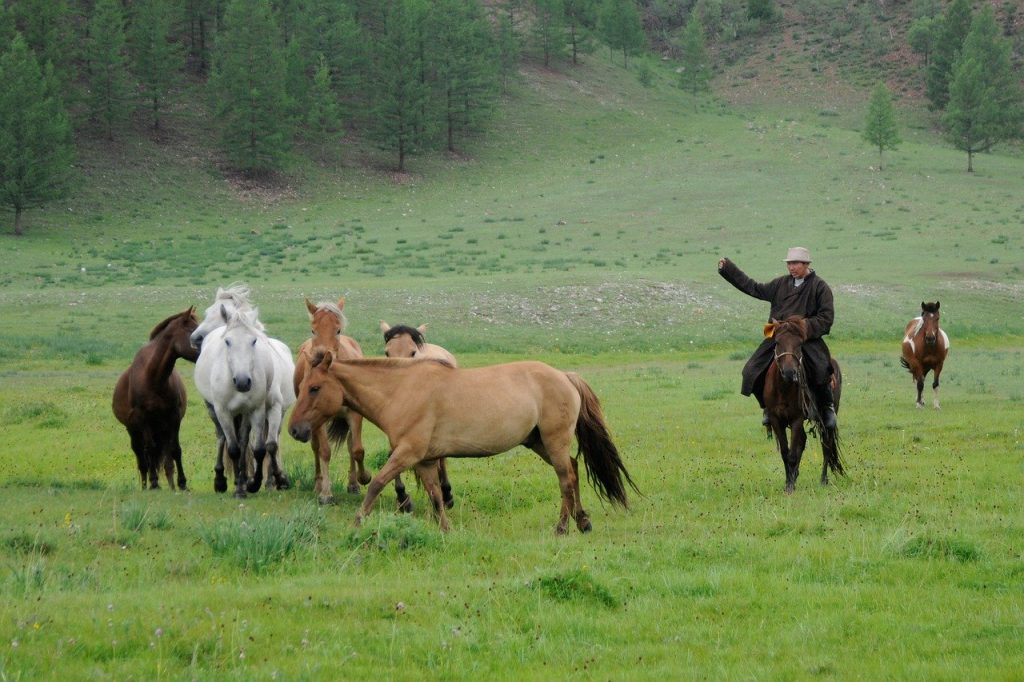
Mongolian nomads embody the spirit of resilience and adaptability. Their way of life, rooted in centuries of tradition, continues to thrive in a world that is rapidly changing. By understanding their practices and values, we gain insight into a culture that harmonizes with its environment and maintains a deep connection to its past. The story of Mongolian nomads is not just about survival; it’s about living with purpose and grace in an ever-evolving world.
